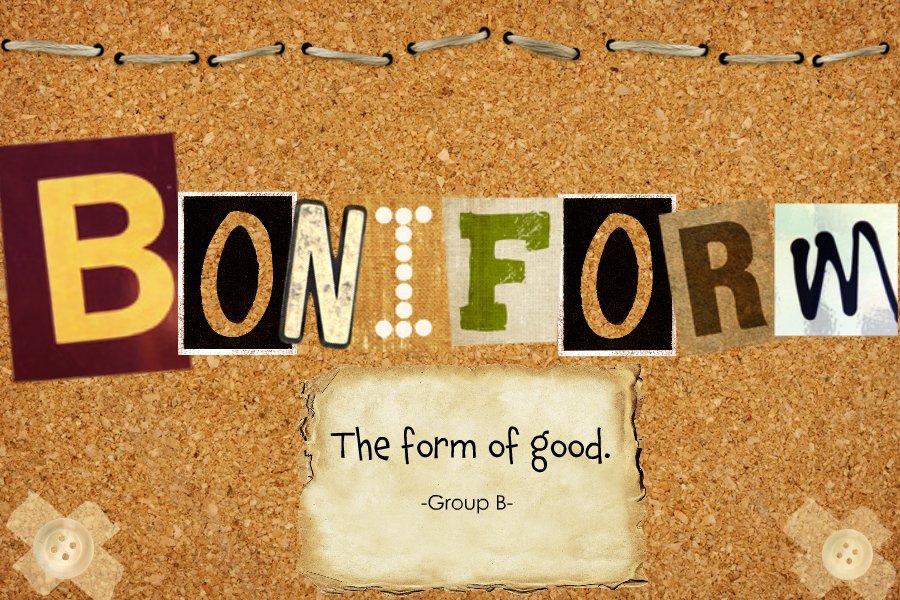Because this is the focus of other PCL groups. HAHA. I suspect this is the 'main' topic.
Anterior Cruciate Ligament (ACL) Injury
Based on three factors :
i) Age
ii) Functional disability
iii) Functional requirements
Treatment goals :
i) To stabilize the knee if it is unstable, or at least stabilize it enough to suit the patient’s lifestyle.
ii) To return the knee to normal or almost normal functioning.
iii) To reduce the likelihood of further damage to the knee, help to reduce pain, prevent osteoarthritis, and prevent loss of strength and decreased movement in the knee.
Initial treatment :
First aid steps to reduce swelling and pain.
PROTECT the knee from further trauma.
o This can be done with knee padding.
o A pad over the kneecap, for example, helps to control the symptoms of some knee injuries (an example is a form of bursitis sometimes called housemaid's knee) by preventing further repetitive injury to the prepatellar bursae.
REST the knee.
o Rest reduces the repetitive strain placed on the knee by activity.
o Rest both gives the knee time to heal and helps to prevent further injury.
ICE the knee.
o Icing the knee reduces swelling and can be used for both acute and chronic knee injuries.
o Most authorities recommend icing the knee 2-3 times a day for 20-30 minutes each time.
o Use an ice bag or a bag of frozen vegetables placed on the knee.
COMPRESS the knee with a knee brace or wrap.
o Compression helps accomplish 2 goals:o First, compression is another way to reduce swelling.
o Second, in some knee injuries, compression can be used to keep the patella aligned and to keep joint mechanics intact.
ELEVATE the knee.
o Elevation also helps reduce swelling.
o Elevation works with gravity to help fluid that would otherwise accumulate in the knee flow back to the central circulation.
o Prop your leg up when you are sitting, or use a recliner, which naturally elevates the legs.
If first aid fails to relieve pain, then use:
· Simple analgesics and NSAIDs.
· Using crutches and/or immobilizing splints in the first few days after an injury. If crutches or splints are used for too long, the muscles will become weaker from too little activity, and movement of the knee will become stiff and restricted.
Later treatment : several months of rehabilitation or surgery with rehabilitation. But these futher treatment depend on:
How much of the ACL is torn (whether it is a grade I, II, or III sprain).
When the injury occurred and how stable is the knee.
If there are other parts injuries.
Pre existing conditions of the knee, such as prior injuries that resulted in long-term (chronic) ACL deficiency, or OA.
Risk factors : age, gender, overall health status.
Treatment options include:
Nonsurgical treatment : Physical rehabilitation program, wearing a brace and avoidance of over strenuous activities.
ACL surgery : reconstruct the ACL or to reconstruct the ACL and repair injuries that occurred at the same time, such as a meniscus tear- Done by making small incisions in the knee and inserting instruments for surgery through these incisions (arthroscopic surgery). Open surgery (cutting a larger incision in the knee) is sometimes required. Physical rehabilitation always follows surgery.
Subscribe to:
Post Comments (Atom)

No comments:
Post a Comment